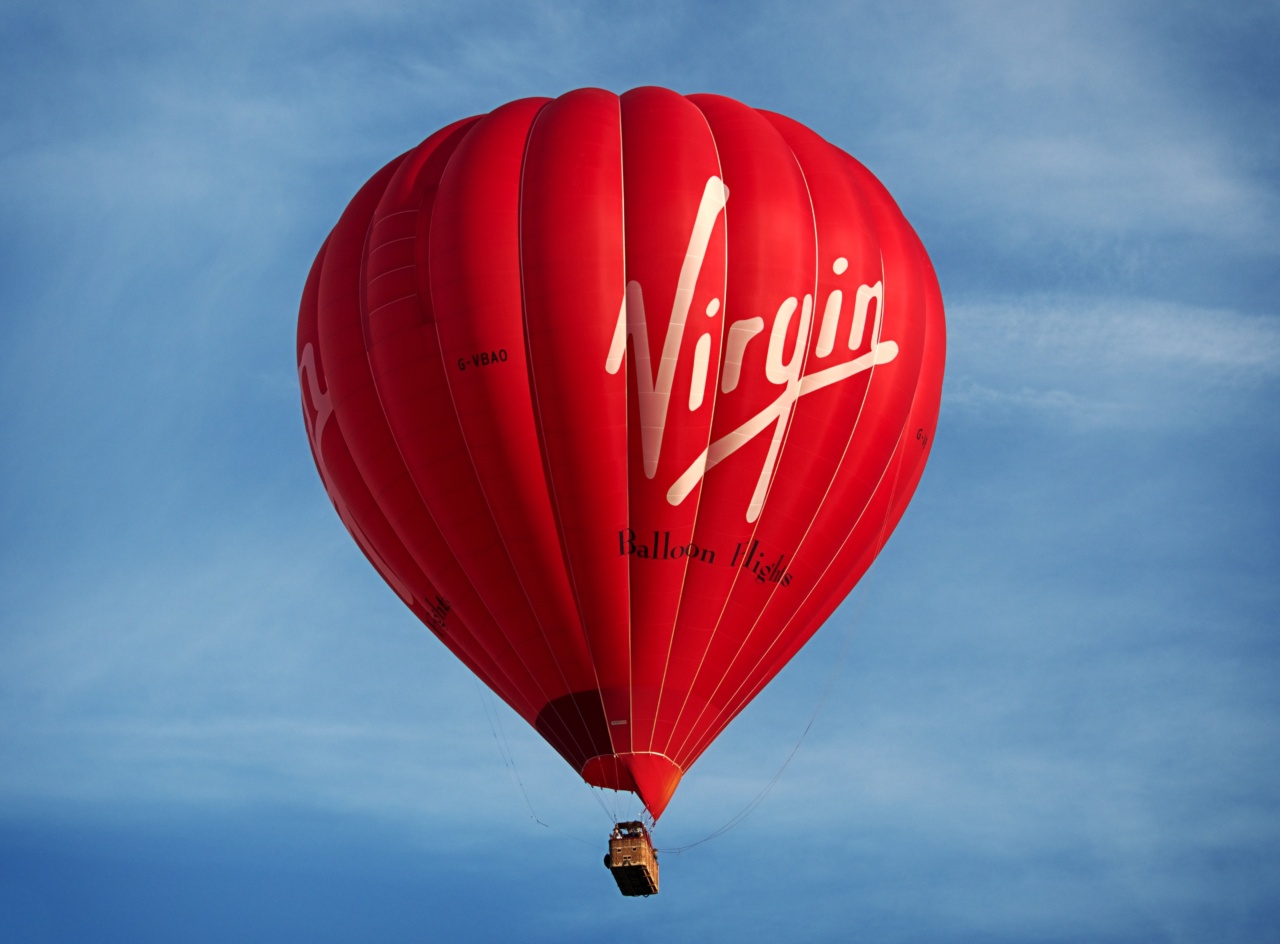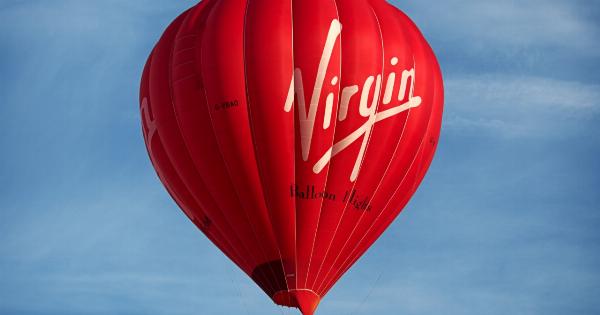The Virgin Hyperloop, a futuristic mode of transportation, has captivated the world with its promises of revolutionizing travel.
First proposed by Elon Musk in 2013, the concept has gained momentum over the years, with several companies actively attempting to bring it to reality. Virgin Hyperloop, a collaboration between Richard Branson’s Virgin Group and Hyperloop One, has emerged as one of the leading contenders in the race to develop a functional hyperloop system.
However, the question remains: will the Virgin Hyperloop be restored?.
Understanding the Virgin Hyperloop
Before discussing its restoration, it is essential to comprehend what the Virgin Hyperloop entails.
The hyperloop is a proposed mode of transportation that utilizes magnetic levitation and low-pressure tubes to move passengers or freight at extremely high speeds. It combines elements of trains, airplanes, and vacuum tubes to create a unique transportation system capable of speeds surpassing traditional methods.
The Benefits of the Virgin Hyperloop
The potential benefits of the Virgin Hyperloop are numerous and far-reaching:.
1. High-Speed Travel
The primary advantage of the hyperloop is its incredible speed. With estimated speeds reaching up to 700 miles per hour, it would significantly reduce travel times between major cities.
For example, a journey that currently takes several hours by plane or train could be completed in a matter of minutes with a hyperloop.
2. Efficiency and Sustainability
Unlike conventional transportation methods, the hyperloop has the potential to be highly energy-efficient. By utilizing magnetic levitation and low air resistance, it can consume far less energy per passenger mile than cars, planes, or trains.
Additionally, hyperloop pods could be powered using renewable energy sources, making it a more sustainable option for long-distance travel.
3. Reduced Congestion
With the increasing population and limited infrastructure, congestion on roads and airports has become a significant problem in many countries.
The Virgin Hyperloop could alleviate this congestion by providing an alternative, faster mode of transportation. By diverting a substantial portion of travelers from existing routes, it could ease the strain on existing infrastructure and reduce traffic congestion.
The Challenges Ahead
Although the concept of the Virgin Hyperloop offers immense potential, there are several challenges that must be overcome before it can become a reality:.
1. Technical Feasibility
The hyperloop technology is still largely theoretical and faces numerous technical hurdles.
Developing a reliable propulsion system, ensuring passenger safety in high-speed conditions, and building a seamless infrastructure are just a few of the challenges that need to be addressed. Extensive research and testing are required to ensure the viability and safety of the hyperloop system.
2. Cost and Funding
Constructing a hyperloop network involves significant financial investment. The development of vacuum-sealed low-pressure tubes, highly efficient propulsion systems, and advanced passenger pods requires substantial funding.
Securing the necessary financial resources and acquiring the funds to construct a hyperloop network worldwide could pose a significant challenge.
3. Regulatory and Legal Framework
The existing transportation regulations are not designed to accommodate such groundbreaking technology. Establishing a regulated framework for the hyperloop and ensuring passenger safety will be vital.
Governments and regulatory bodies around the world need to collaborate to develop appropriate guidelines and legislation governing the operation and safety standards of hyperloop systems.
The Future of the Virgin Hyperloop
Despite the challenges, there are promising signs that the Virgin Hyperloop could be restored:.
1. Successful Test Trials
The Virgin Hyperloop has already demonstrated successful test trials, showcasing the potential of this transportation technology. In 2020, Virgin Hyperloop conducted its first-ever passenger test, reaching speeds of 107 mph in Nevada, USA.
These milestones provide evidence that the technology is progressing and inching closer towards becoming a reality.
2. Growing Investor Interest
The Virgin Group, along with other leading investors, has shown a strong commitment to the development of the hyperloop.
This growing interest from investors highlights the belief in the technology’s potential and its ability to transform the future of transportation. Continued financial backing is crucial for overcoming the funding challenges associated with the hyperloop’s construction.
3. Government Support and Partnerships
Several governments worldwide have expressed interest in the Virgin Hyperloop and are actively exploring its implementation.
For instance, Saudi Arabia signed a memorandum of understanding with Virgin Hyperloop in 2020 to study the possibility of developing a hyperloop route from Riyadh to Jeddah. Collaborations between governments, private companies, and research institutions can accelerate the restoration and development of the Virgin Hyperloop.
The Potential Impact
Restoring the Virgin Hyperloop could have a profound impact on various sectors:.
1. Transportation
The hyperloop’s high-speed, efficient, and sustainable characteristics could reshape the transportation industry.
It could create new opportunities for intercity and even international travel, enabling people to commute quickly over long distances. The efficiency and reduced travel times could make hyperloop the preferred choice for both business and leisure travelers.
2. Economy
The construction and operation of hyperloop networks would generate significant economic value. It would create jobs in various sectors, from engineering and construction to operation and maintenance.
Additionally, improved connectivity and reduced travel times could promote economic integration between cities, fostering trade, tourism, and business growth.
3. Environment
The hyperloop’s potential environmental impact is significant. By electrifying the transportation system and reducing reliance on fossil fuels, it could contribute to the decarbonization of the transport sector.
Through energy-efficient operations and the utilization of renewable energy sources, the hyperloop could help mitigate climate change and reduce greenhouse gas emissions.
Conclusion
While the question of whether the Virgin Hyperloop will be restored remains unanswered, the prospects for this revolutionary transportation technology are promising.
With ongoing technological advancements, growing investor interest, and government support, the hyperloop’s restoration seems more attainable than ever before. If successfully developed, the Virgin Hyperloop could transform the way we travel, offering unparalleled speed, efficiency, and sustainability.


























